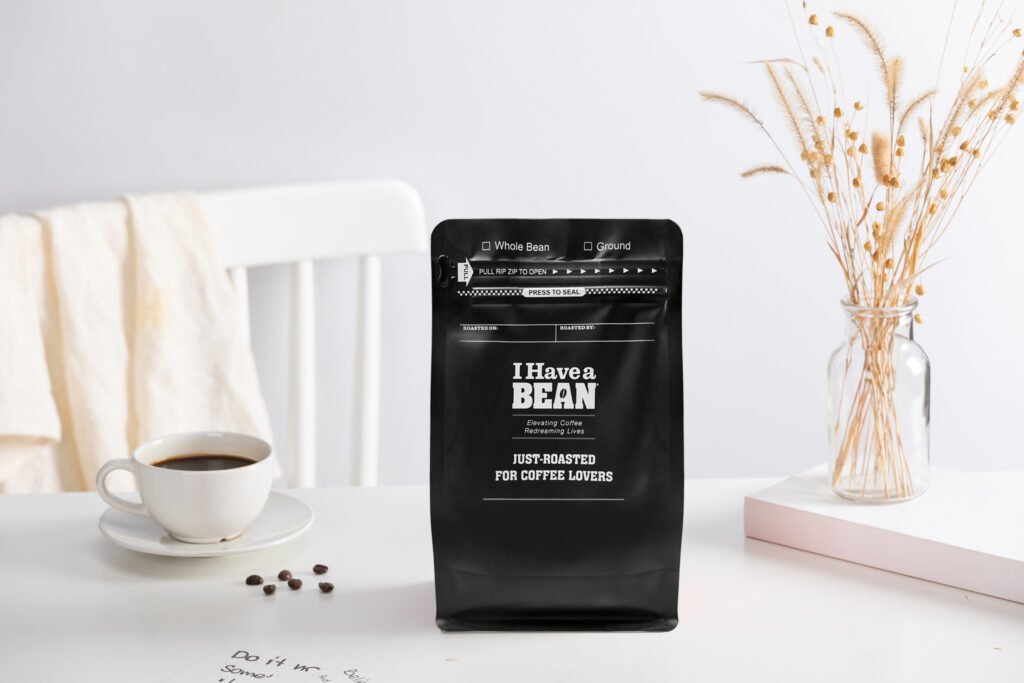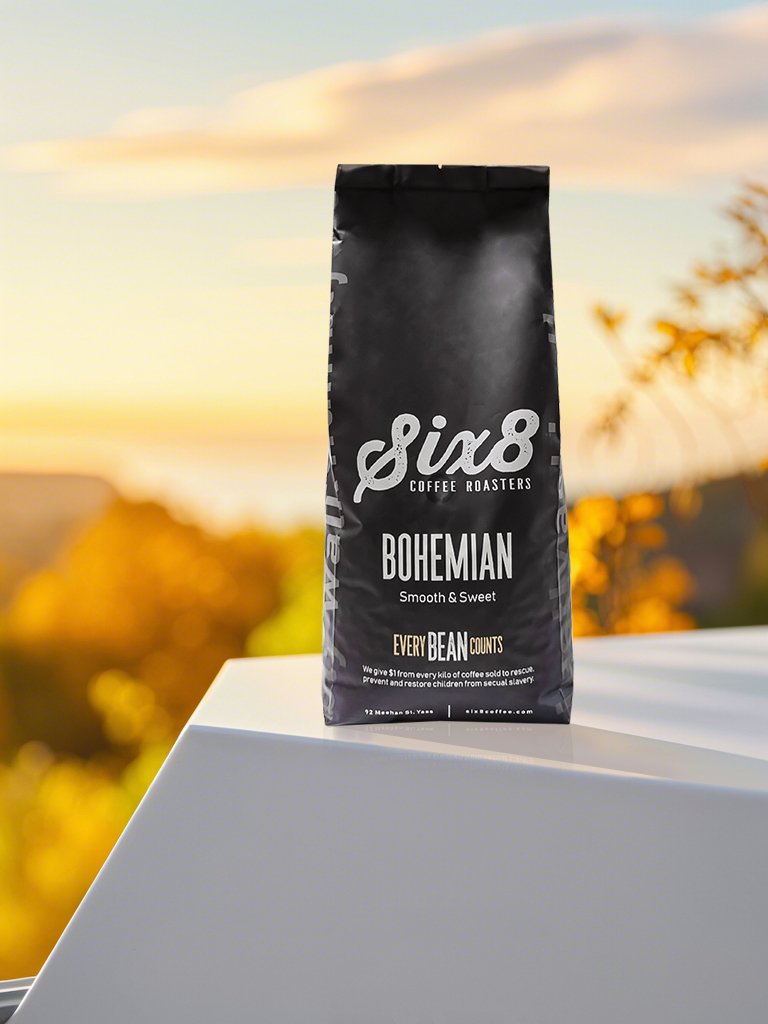
Choosing high-quality coffee bags is an important step to ensure that coffee beans remain fresh and rich in flavor. In the coffee industry, packaging is not only to attract consumers, but also a key factor in ensuring product quality. For coffee producers and distributors, testing coffee bag samples is the first step to ensure that packaging materials meet quality standards and protect coffee beans. So, how to test coffee bag samples scientifically and effectively? This article will provide you with a comprehensive testing process.
A. Test the appearance and structure of coffee bags
First of all, the inspection of appearance and structure is the starting point of any quality assessment process. Even the strongest packaging bags may have unqualified appearance and details. When conducting an appearance inspection, focus on the following aspects:
1.The flatness and integrity of the bag: Check whether the bag has any cracks, holes or other defects. Check whether the sealing part is intact and whether there is air leakage or uneven seals.
2.Material uniformity: High-quality coffee bags usually have uniform materials and no obvious wrinkles or bubbles on the surface. There are no cracks or irregularities on the surface of the bag to ensure that it has a good protective effect.
3.Size and capacity: Confirm whether the size of the coffee bag is consistent with the packaging requirements and whether the capacity meets the standards. Especially when purchasing in bulk, determining the standardized size of the packaging is crucial for both production and logistics.
B. Sealing test
Sealing is the most important part when testing coffee bag samples. The quality of coffee is closely related to the contact with air. The oxygen in the air will accelerate the oxidation of coffee beans and affect their freshness and flavor. Therefore, the sealing of the coffee bag directly determines its effect in protecting coffee beans.
1. Air tightness test:
Tested by air pressure difference: After sealing the coffee bag, put the bag into a closed space filled with gas or apply air pressure difference through special equipment. If the bag remains intact and does not leak under the air pressure difference, it means that it has good sealing.
Water immersion test: After the bag is completely sealed, soak it in water for several minutes to check whether there are bubbles escaping. If the bag does not leak, it means that the sealing is good.
2. Sealing inspection:
Manually check whether the seal is tight. If the seal of the bag can be easily torn or there is a loose place, it may indicate that its sealing is poor.Use a sealing tester to check whether the seal is intact and whether the sealing pressure is uniform.
3. Ventilation valve test: If the coffee bag is designed with a vent valve, its design and function can be evaluated by checking whether the valve has the ability to prevent external air from entering. The valve can be ensured to operate normally through airflow testing or simple finger pressure testing.

C. Durability and strength test
The durability of the coffee bag directly affects its performance during transportation and storage. A high-quality coffee bag should be able to withstand physical pressure such as transportation, stacking, and handling, and is not easy to break or deform.
1. Tensile test: Evaluate the tear resistance of the coffee bag by testing its tensile strength. Check whether it can withstand a certain tensile force without breaking by manually stretching or using an instrument to stretch the bag. The pressure that may be encountered in actual transportation can be simulated to test the durability of the bag.
2. Impact test: Drop the coffee bag from a certain height to simulate the collision or fall during transportation. Observe whether the bag is easy to crack, break, or whether there is obvious damage.
3. Wear test: Simulate the friction and wear during transportation by rubbing the bag against a rough surface. Check whether the surface of the bag is easy to wear or fall off, and whether the material is easy to peel or become brittle.
D. Barrier test
High-quality coffee bags should have good barrier properties, which can effectively block air, moisture and light, and ensure that the flavor of coffee beans will not be affected by the external environment. In order to test its barrier properties, the following tests can be performed:
1. Gas barrier test: Use a gas analyzer to measure the barrier properties of the bag to gases such as oxygen and carbon dioxide. High-quality coffee bags should be able to effectively prevent oxygen from entering, thereby extending the freshness of coffee beans.
2. Moisture barrier test: Test in a humid environment to observe whether the bag can effectively prevent moisture penetration and keep the coffee beans dry. If the bag is moisture-proof, it means that its moisture barrier performance is strong.
3. UV barrier test: The ability of coffee bags to block ultraviolet rays is also important, because ultraviolet rays will accelerate the oxidation of oils in coffee beans and affect the flavor. You can use a UV irradiation tester to test the bag’s blocking effect on ultraviolet rays.
E. Storage and preservation test
After the above basic tests, the last thing to pay attention to is the performance of the coffee bag during long-term storage. High-quality coffee bags should be able to maintain the freshness and flavor of coffee beans for a long time under different environmental conditions.
1. Simulated storage test: After putting the sample into the coffee bag, simulate storage for several weeks or even months to observe the flavor changes of the coffee beans. Open the bag regularly to check whether the coffee beans are oxidized, damp, mildewed, etc.
2. Sensory test: In addition to objective physical tests, sensory tests are also very important. After opening the bag, smell the bag to see if there is any odor, and check whether the color and appearance of the coffee beans are normal. High-quality bags can effectively protect the original aroma of coffee beans and will not be affected by the external environment.
F. Summary
Testing coffee bag samples is a comprehensive task, covering many aspects from materials, sealing to durability, barrier properties, etc. Through scientific testing methods, it can ensure that the selected coffee bags have sufficient protection functions to ensure that the coffee beans are always fresh and full of flavor during storage and transportation. For manufacturers and distributors, regular testing of coffee bag samples will not only help improve product quality, but also provide consumers with a better purchasing experience.
